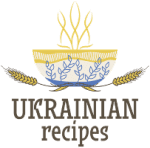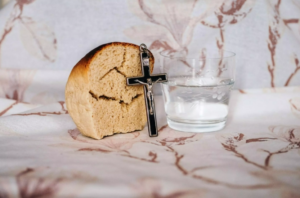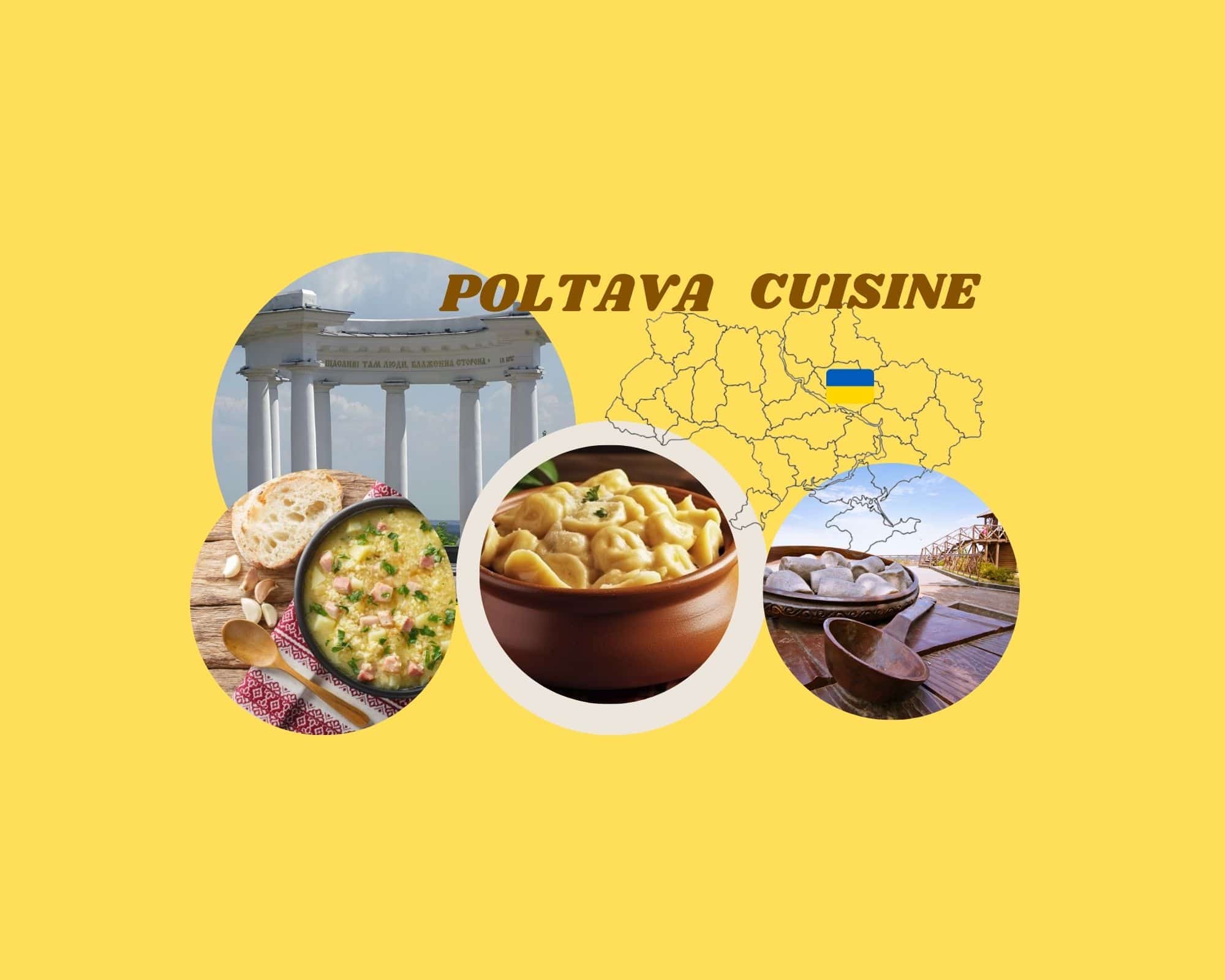Easter for Ukrainians is a great holiday eagerly awaited and seriously prepared for. The countdown to the most important holiday for all Orthodox Christians begins from the start of Great Lent, which starts immediately after Masnytsia.
Want to learn more about Lent and its significance for Ukrainians? Then our article will be useful and inspirational.
Duration and stages of Great Lent
For every Orthodox Ukrainian, Great Lent is the most important fast. It lasts longer than other fasts and implies a complete spiritual and physical cleansing of a person, being part of the preparation for the Easter celebration.
Great Lent schedule
Lent lasts 48 days and is divided into 4 events:
- Quadragesima (Forty-Day Fast). It is a reminder of how Jesus spent 40 days in the desert without food, preparing to preach. He later told his disciples that the power of prayer and fasting drives out the devil and sinful thoughts. Since then, believers have been preparing for the bright celebration of Easter in the same way to overcome the sinfulness of human nature.
- Lazarus Saturday. This is the day when Jesus Christ resurrected the holy and righteous Lazarus. The celebration falls on the 6th Saturday of Great Lent and symbolizes the miracle of the resurrection.
- Entry of the Lord into Jerusalem. Another name for the holiday is Palm Sunday, which falls on the 6th Sunday of Great Lent. Jesus solemnly arrived in Jerusalem on this day and would soon be recognized as the Messiah.
- Holy Week (Passion Week). These are the last 6 days of Lent, followed by Easter Sunday. This week is believed to be the most unique and significant in the church circle.
Last week of Lent
The Ukrainian Orthodox Church claims that the last week of Lent is unique for several reasons. First, the word “Great” is added to the name of each day of the week, for example, Great Monday, Great Wednesday, etc. And secondly, during this weekly period, divine services are held in the church, which will not be repeated throughout the year.
The last week of Great Lent is called “Strasnyi Tyzhden” or the Holy Week (Palm Week). The name occurs from the word “strazhdaty” (suffer) and symbolizes what Jesus Christ experienced after Palm Sunday (the day he entered Jerusalem). Since then, Jesus endured suffering, crucifixion, death, and then resurrection.
Important events took place every day during this Holy week:
– On Great Monday, Jesus drove the merchants out of the temple, who “turned the house of prayer into a den of thieves.” Then, together with his disciples, he dried up the fig tree, finding no fruit in it;
– on Great Tuesday, people recalled famous fables and discussed their meaning during the Gospel readings;
– on Great Wednesday, we all remember the betrayal because on this day, Judas Iscariot decided to betray Jesus;
– on Great Thursday, Christ washes his disciples’ feet as a symbol of his love for them and humility. Also, at the Last Supper, they drink wine and eat bread, which means union with God;
– on Great Friday, they think about the suffering that Jesus Christ endured because of the unjust condemnation of people;
– on Great Saturday, there came a day of silence when the body of Jesus Christ was buried in a coffin;
– on Great Sunday, the bright feast of Easter begins, which symbolizes the miraculous resurrection of the Savior.
What is allowed and forbidden to eat during Great Lent
The fast implies eating only lean food. You can only eat a few types of products and not overeat allowed dishes. The list of prohibited products includes:
– meat, meat dishes, and broths;
– fish (however, sometimes, fish dishes are eaten on non-strict days);
– eggs and dishes cooked from them;
– dairy products, including cheese, sour cream, and kefir (fermented milk drink);
– sweet and flour products based on butter, eggs, and milk;
– alcoholic beverages (can be drunk only on non-strict days).
Among the allowed products are:
– products of plant origin (fruits and vegetables);
– pickles (pickled cucumbers, pickled tomatoes, sauerkraut);
– nuts and dried fruits;
– crackers, dryers, and bread;
– mushrooms;
– porridges cooked with water;
– tea, jelly, and water.
There are relaxations of restrictions on some days. So, on weekends, vegetable oil and red wine are allowed. The strictest days are the first 4 days from the beginning of Lent and the week.
It is very important to remember to end the fast gradually. Ultimately, it is vital to carefully switch to the usual diet to maintain mental strength and not provoke health problems. Therefore, it is recommended to add previously prohibited foods to the diet step by step, in small portions. This will allow you to feel the meaning of Great Lent and take good care of your health.








